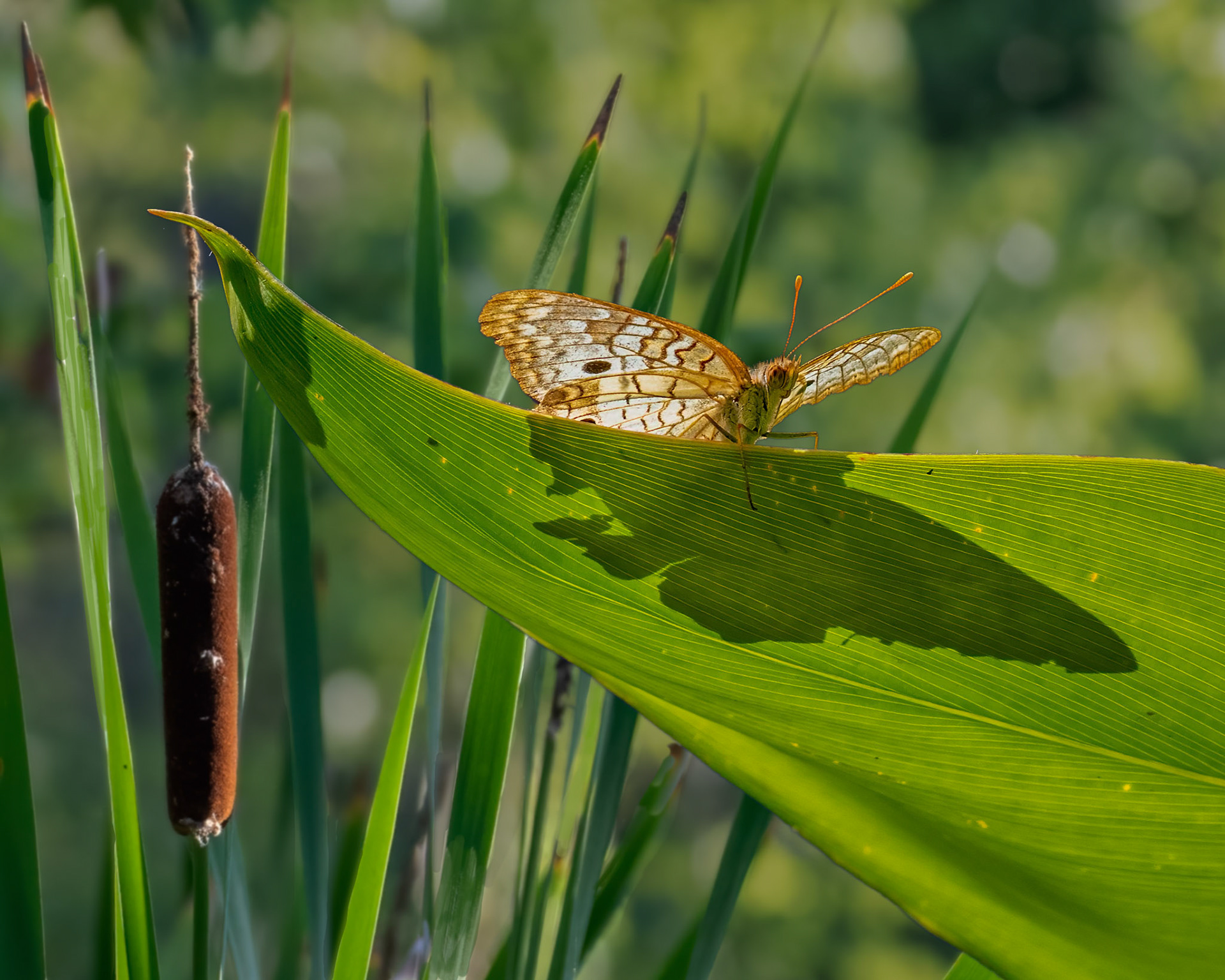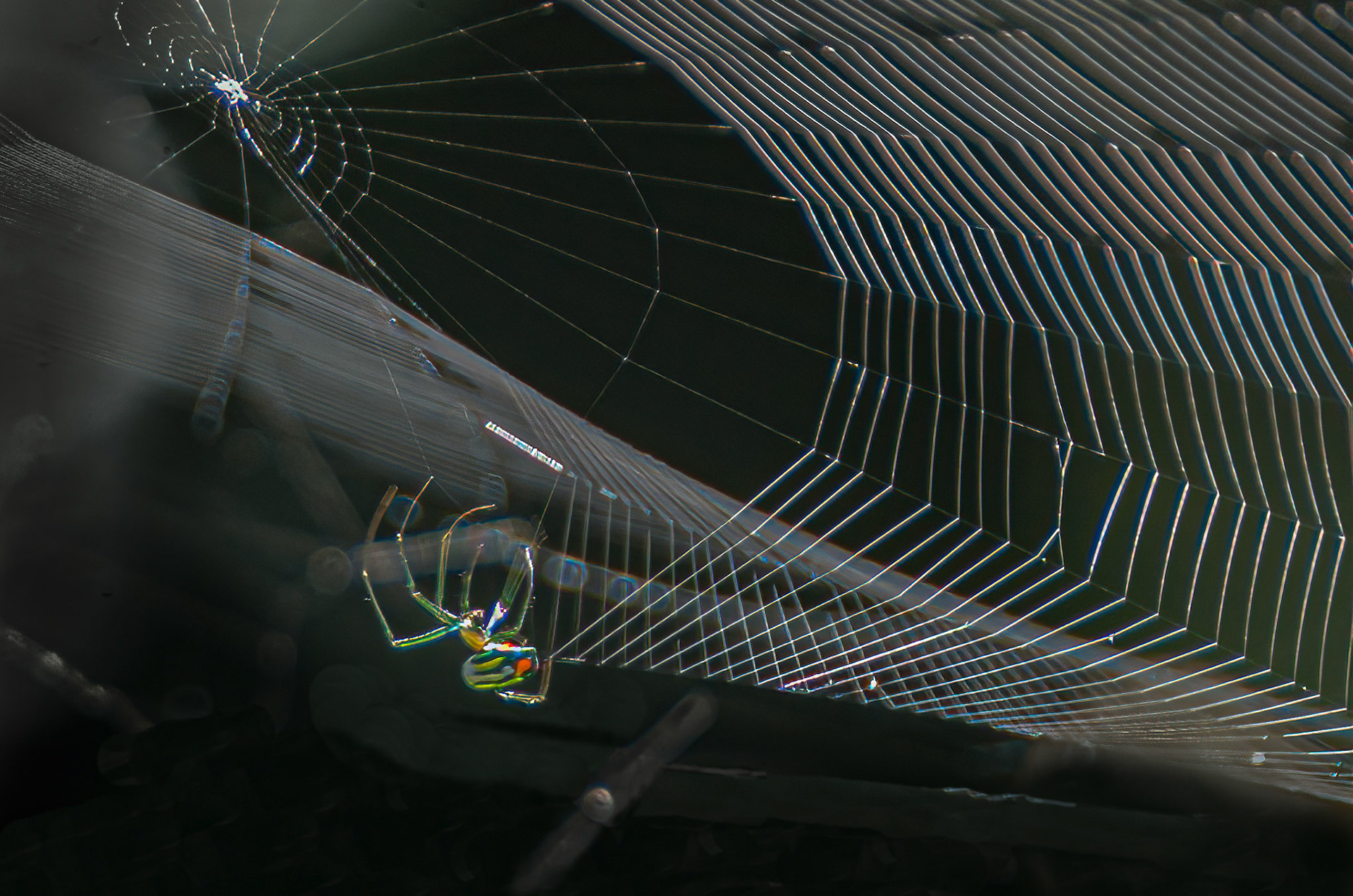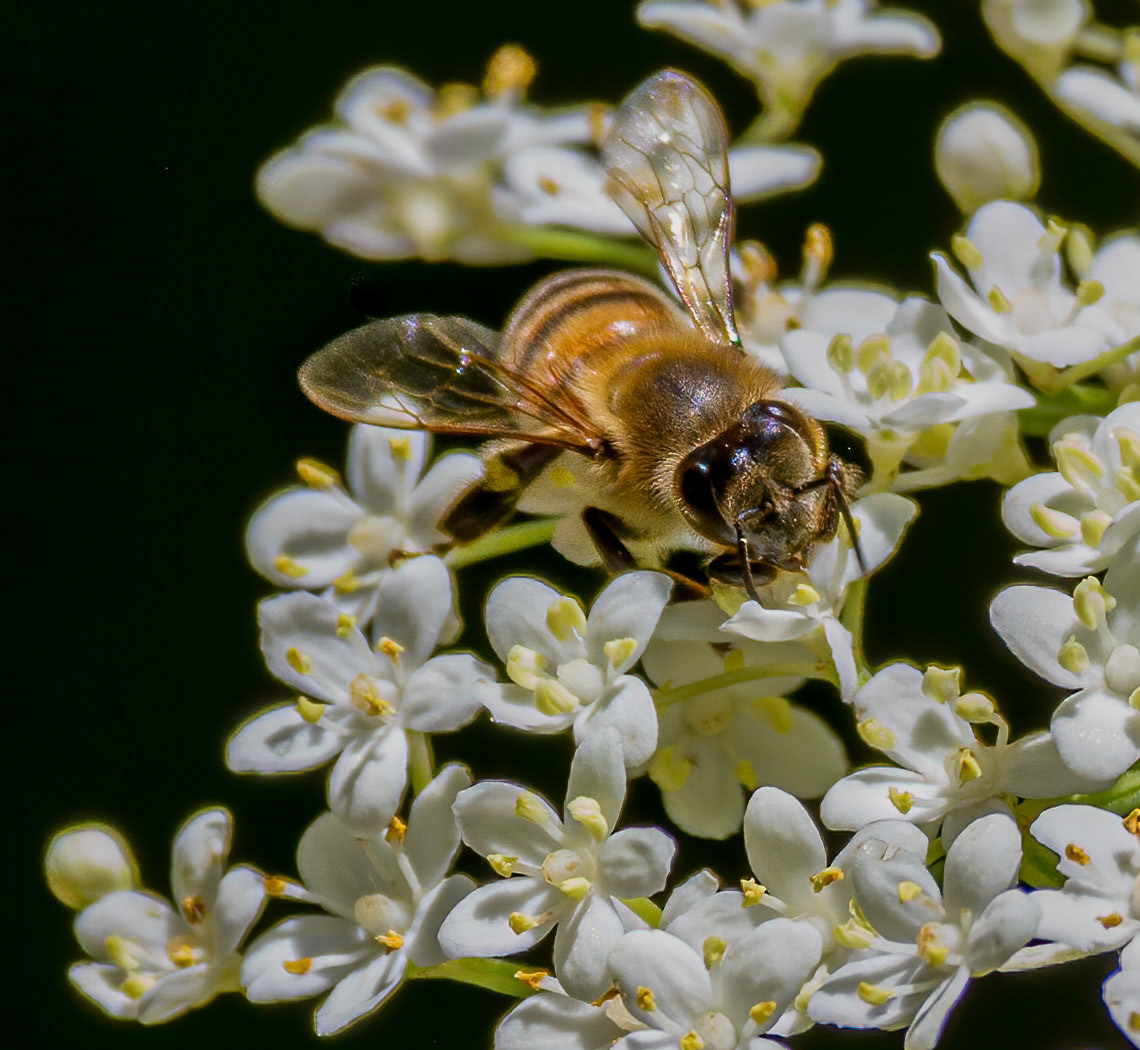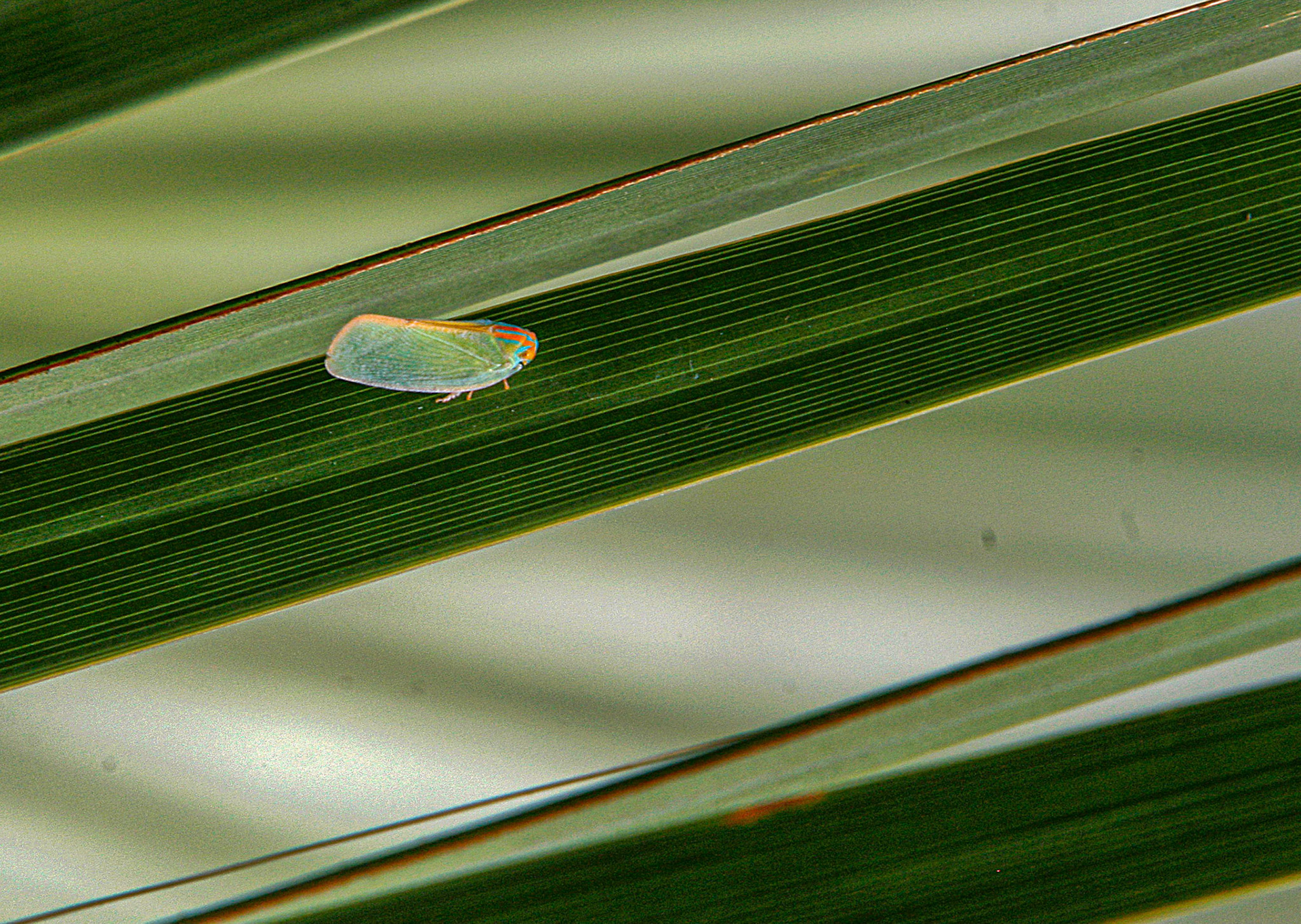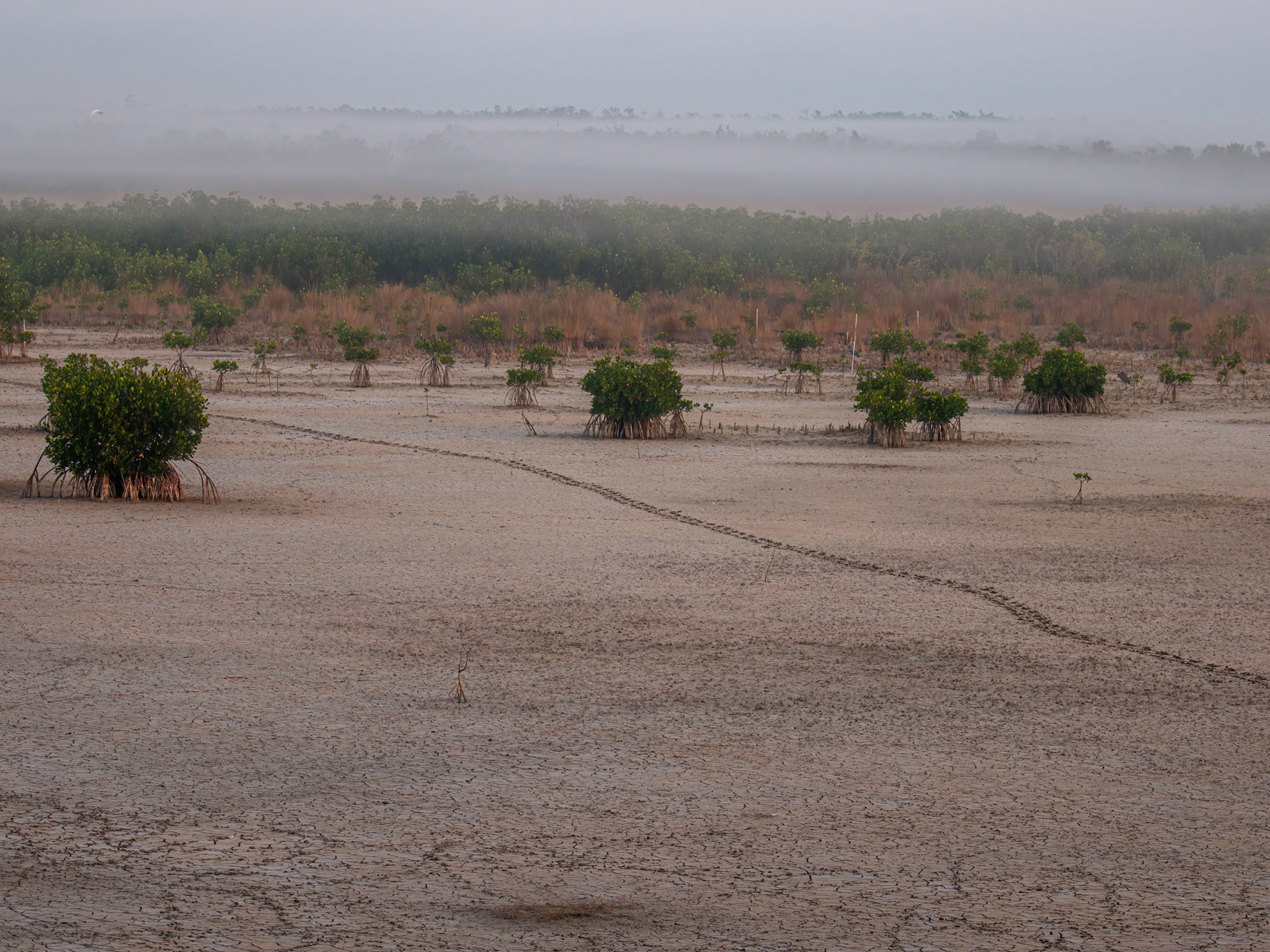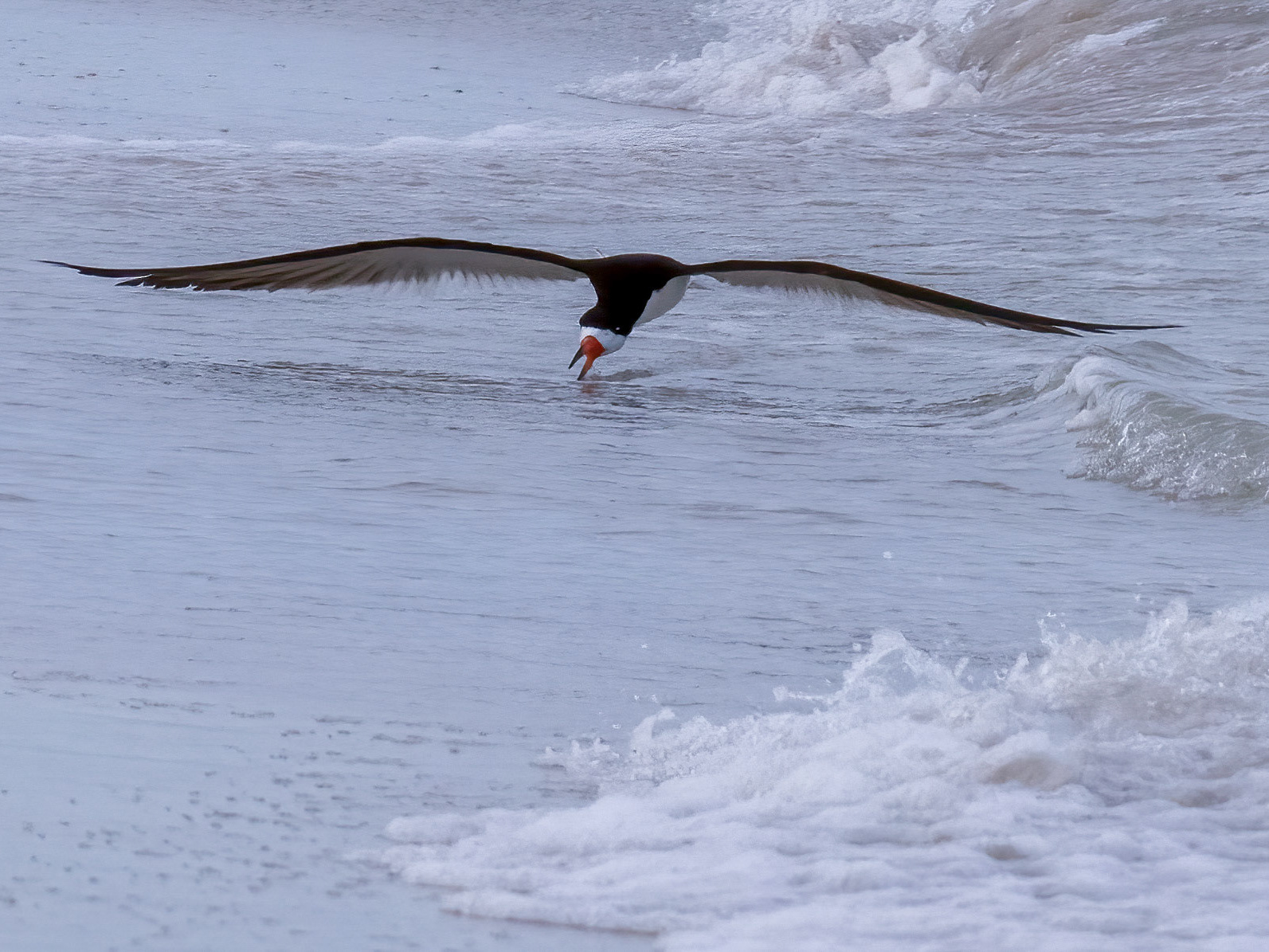
Zebra Longwing - Florida State Butterfly

Zebra Longwing on Porter Weed

Queen Butterfly on Lantania

Queen Butterfly on wild Blue Aster

Queen Butterfly on wild Blue Aster

White Peacock

White Peacock

White Peacock

Pipevine Swallowtail

Pipevine Swallowtail

Julia Heliconian

Julia Heliconian

Florida Duskywing

Three-spotted Skipper

Gulf Fritillary

Blue Dasher Dragonfly

Blue Dasher Dragonfly

Blue Dasher Dragonflies

Halloween Pennant Dragonfly

Orange Meadowhawk Dragonfly

Orange Meadowhawk Dragonfly

Orchard Orbweaver

Orchard Orbweaver

Orchard Orbweaver

Orchard Orbweaver

Orchard Orbweaver

Golden Silk Orbweaver

Golden Silk Orbweaver

Golden Orbweaver on Yellow Alder Leaf

Spinybacked Orbweaver

Spinybacked Orbweaver

Crab Spider

Spotted Orbweaver

Spotted Orbweaver

Spotted Orbweaver

Starbellied Orbweaver

Hundreds of Sheetweavers

Funnel Weaver & Little Blue Heron

Funnel Weaver & Little Blue Heron

Wolf Spider

Wolf Spider

Orb Webs

Orb Web

Orb Web

Dew covered Tangled & Orb Webs in morning sunlight

Cloudless Sulphur Caterpillars on Yellow Orchids

Pandur beetles on Milkweed pods

Tiger Moth Caterpillar

Tiger Moth Caterpillar

Honeybee & Button Bush

Honeybee on Primrose Willow

Honeybees on Primrose Willow

Honeybee on Elder Flowers

Green Orchard Bee on Purple Thistle

Paper Wasp

Lubber Grasshopper

Male & Female Lubber Grasshoppers

Horse Lubber Grasshopper

Water Scorpion

Saddleback Moth Caterpillar

Candy-striped Leaf Hopper

Fire Ant on Pond Apple

Fire Ant

Yellow-banded Millipede

Yellow-banded Millipede in defensive posture

Yellow-banded Millipede & Big Headed Ants







